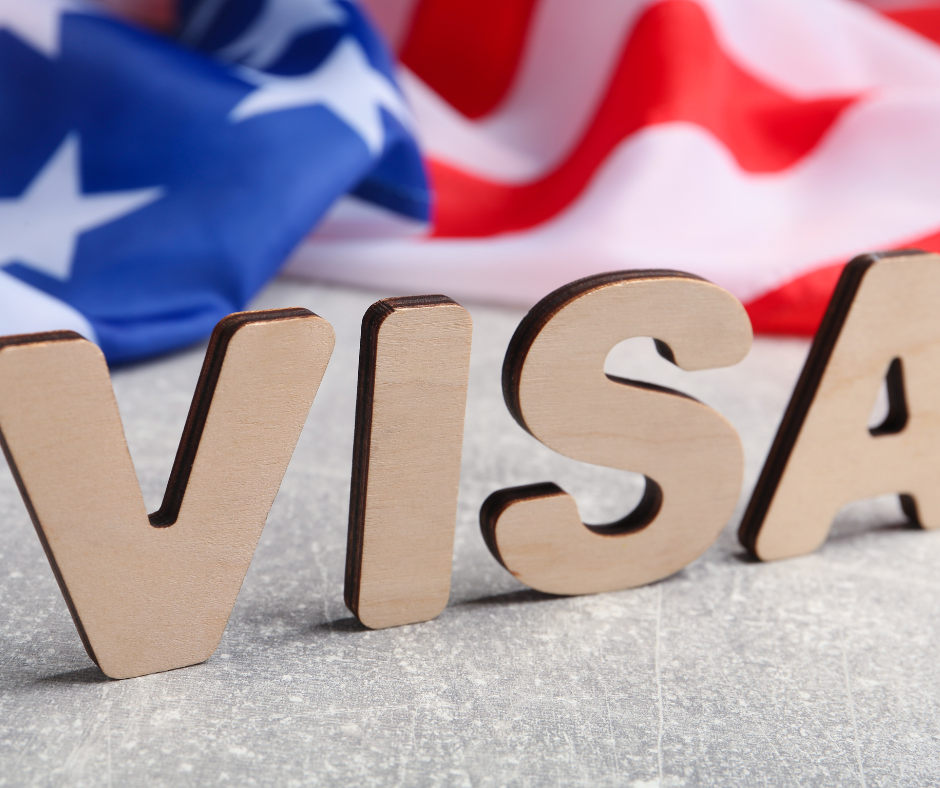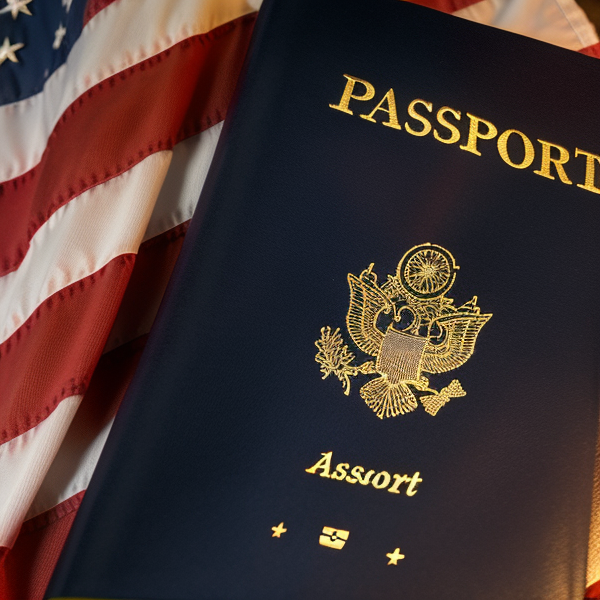Deciphering the Differences and Similarities Between Two Popular Non-Immigrant Visas
In the realm of U.S. non-immigrant visas, the L1 and H1B visas stand out as two of the most sought-after options for foreign nationals aspiring to work in the United States. While both visas provide opportunities for skilled professionals, they differ in several key aspects. In this comprehensive guide, we will explore the distinctions and similarities between the L1 and H1B visa, helping prospective applicants make informed decisions about their journey towards U.S. employment and, potentially, permanent residency.
Understanding the L1 Visa
The L1 visa is a non immigrant visa designed for intracompany transferees, enabling foreign employees to work in the United States for a qualifying organization. There are two primary categories under the L1 visa – L1A and L1B visa.
L1A Visa: This category is tailored for managers and executives who are being transferred to the United States within the same company. L1A visa holder typically oversee operations, manage employees, and make critical decisions for their U.S. branch or office.
L1B Visa: Specialized knowledge employees who possess unique skills or expertise related to the company’s operations fall under the L1B visa category. This could include knowledge of the company’s products, services, or proprietary processes.
Understanding the H1B Visa
On the other hand, the H1B visa is aimed at foreign professionals seeking employment in specialty occupations in the United States. This category encompasses a wide range of industries, including information technology, engineering, healthcare, and more. H1B visa holders typically hold at least a bachelor’s degree or its equivalent and work in positions that require specialized knowledge or skills.
Key Differences Between L1 and H1B Visa
Qualifying Relationship: The L1 visa holder requires a qualifying relationship between the U.S. entity and the foreign company. In contrast, the H1B visa does not necessitate a direct relationship between the employer and a foreign entity.
Specialty Occupation vs. Intracompany Transfer: The H1B visa is specifically for positions in specialty occupations, while the L1 visa is for intracompany transfers, covering both managerial and specialized knowledge roles.
Initial Employment: A L1 visa holder come to the U.S. to work for their existing employer’s U.S. branch. H1B visa holder is often recruited by U.S. employers.
Duration: L1 visa is generally issued for up to one year for new companies establishing a U.S. presence and up to three years for existing companies. H1B visas are initially granted for three years with the possibility of extension, up to a maximum of six years.
H1B Cap: The H1B visa is subject to an annual cap, which can make it more competitive and challenging to secure, particularly for foreign nationals from countries with high demand.
Family Members: L1 visa beneficiaries can bring their immediate family members (spouse and children) on L2 visas, who may also be eligible for work authorization. H1B visa holders can bring their family on H4 visas, but their spouses may apply for Employment Authorization Document (EAD) to work in the U.S.
Similarities Between L1 and H1B Visas
Despite the significant differences, both L1 and H1B visas share some common features:
Employment Authorization: Both visas grant employment authorization to the primary visa holder. This allows visa holders to work legally in the United States during their authorized stay.
Visa Extensions: Both L1 and H1B visa holders have the option to extend their visas, subject to certain conditions. L1 visa extensions are typically more straightforward, while H1B extensions may face more scrutiny.
Path to Permanent Residency: While neither visa directly leads to a green card, both can serve as a stepping stone. L1 visa holders can explore employment-based immigration options, such as the EB-1C immigrant visa, which is designed for multinational managers and executives. H1B visa holders may also pursue a green card through employment, requiring a PERM labor certification process.
Visa Status: Both L1 and H1B visa holders must maintain their visa status while in the United States. This includes adhering to the terms and conditions of their respective visas, such as not working outside the scope of their employment or beyond their authorized period.
Employer Obligations and Compliance
For U.S. employers looking to hire foreign workers, it’s essential to understand the specific obligations and compliance requirements associated with L1 and H1B visa sponsorships.
L1 Visa Sponsorship
Employers sponsoring L1 visa holders must meet the following criteria:
- The U.S. entity and the foreign company must have a qualifying relationship, which could be in the form of a parent-subsidiary, affiliate, or branch office relationship.
- The U.S. entity should have an approved Blanket L-1 Petition from the United States Citizenship and Immigration Services (USCIS) or file an individual L1 petition.
- The L1 visa applicant must meet the criteria for either L1A (managerial/executive) or L1B (specialized knowledge) roles.
H1B Visa Sponsorship
Sponsoring an H1B visa holder comes with its own set of obligations, including:
- Completing the Labor Condition Application (LCA) with the Department of Labor, which includes offering the prevailing wage for the position.
- Demonstrating that the H1B position qualifies as a specialty occupation.
- Submitting Form I-129 (Petition for a Nonimmigrant Worker) to USCIS, which includes details about the employment and the foreign national’s qualifications.
H1B Visa Cap Considerations
One critical factor that distinguishes the H1B visa from the L1 visa is the H1B cap. The United States has an annual cap on the number of new H1B visas that can be issued, with a limit of 85,000 visas. This cap is divided into two categories:
The Regular Cap: This includes 65,000 visas for applicants with bachelor’s degrees or equivalent qualifications.
The Advanced Degree Cap: An additional 20,000 visas are reserved for applicants with advanced degrees (master’s or higher) from U.S. institutions.
Given the annual cap, the H1B visa application process can be highly competitive, particularly for foreign nationals from countries with a high demand for H1B visas. Applicants and employers need to plan accordingly and be prepared for the possibility of not securing a visa due to the cap.
Transitioning from L1 to H1B or Vice Versa
It’s worth noting that individuals on L1 visas may transition to H1B visas if they meet the criteria for an H1B position, such as working in a specialty occupation. Similarly, those on H1B visas can change to L1 status if they become eligible for intracompany transfers.
Key Considerations for Prospective Visa Holders
For foreign nationals contemplating the L1 or H1B visa journey, several key considerations can help inform their decision:
Nature of Employment: Consider the nature of your employment and the job role you will undertake in the U.S. Are you transferring within your current company (L1) or seeking new employment (H1B)?
Duration: Think about the length of time you intend to work in the United States. L1 visas are typically issued for shorter periods compared to H1B visas.
Cap Considerations: If you are applying for an H1B visa, take the annual cap into account, as it may impact your application success.
Family Considerations: If you plan to bring family members with you, explore the rights and benefits associated with L2 or H4 visa holders.
Long-Term Goals: If your goal is to pursue permanent residency in the United States, research the pathways available to L1 and H1B visa holders.
Making Informed Choices
The decision between the L1 and H1B visas is a pivotal one, impacting the trajectory of your career and your immigration journey in the United States. While both visas offer opportunities for foreign professionals, they cater to different circumstances and employment situations.
Prospective applicants should carefully assess their unique needs, job roles, and long-term objectives when choosing between the L1 and H1B visas. Additionally, consulting with immigration experts and legal professionals can provide valuable insights and guidance in navigating the intricacies of the U.S. immigration system, helping ensure a successful and compliant visa journey. Ultimately, making an informed choice will pave the way for a fulfilling and rewarding career in the land of opportunity.


